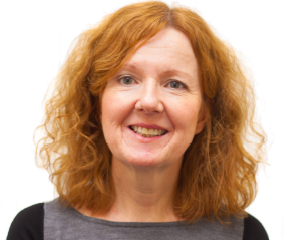An ‘Ultrasound on demand’ scheme has recently been launched in the UK. Aimed at providing access to the best technology at an affordable monthly fee, ‘Ultrasound on demand’ offers a range of hi-spec ultrasound packages that are charged for when used, which means that ultrasound services can be tailored to both current and future needs as demand and patient workload change.
‘Ultrasound on demand,’ launched by Philips, is a flexible scheme with 50 options and access to advanced facilities, such as three-dimensional (3D) transoesophageal echo (TOE), which previously may have been limited by the restrictions of upfront investment costs.
The new ‘on demand’ approach provides the facility to explore new imaging options and future-proof services, by letting users upgrade and alter systems without locking in capital expenditure budgets, as additional functionality is only charged when used. Phillips hopes this flexibility will remove obstacles to more advanced and specialised treatments.
The cardiologist’s perspective
The BJC asked Dr Antoinette Kenny (Consultant Cardiologist and Specialist in Echocardiography, Regional Cardiothoracic Centre, Freeman Hospital, Newcastle upon Tyne) for her first impressions on the concept of this new scheme.

‘The demand for ultrasound services has never been higher but in an era of economic uncertainty and funding constraints, healthcare providers are under increasing pressure to tighten their belts with capital spending budgets often the first to face the chop.
It is becoming increasingly difficult to persuade cash-strapped Trusts to commit to large capital outlay for new and replacement equipment and traditional leasing agreements can be plagued with inflexibility and are often seen as relatively poor value for money. In addition, it is often difficult to persuade those holding the purse strings to provide new services without a track record of effectiveness – the classic chicken/egg problem. Business managers may balk at opening their wallets for services which may only be used infrequently, a problem perhaps more pertinent to the private sector.
Into the maelstrom of service funding difficulties comes Philips’ new concept of ‘Ultrasound on demand’. The premise is a little like your home digital TV viewing service. There is a monthly rental package to provide your core ultrasound requirements. After this come the specialty add-on bundles, which are funded on a flexible ‘pay as you use’ basis with a monthly usage pricing cap to ensure a spending safety net.
Within a cardiology department, such on-demand facilities may include TOE, 3D imaging and advanced quantification tools such as strain and speckle imaging (the equivalent perhaps of choosing to pay to watch a Newcastle-Sunderland derby!). In such a manner, it is possible to provide specialty and new services without the pain of up-front capital outlay costs. Coupled with this is the benefit of advanced data analytics, which provide in-depth information on utilisation of services. These data are often difficult to obtain from the traditional IT systems within which we work and should facilitate strategic planning and rationalisation of service delivery, very worthy goals.
Pioneering approaches are required to promote a viable and synergistic relationship between healthcare providers and industry in harsh economic times and Philips are to be commended for their novel and flexible ‘Ultrasound on demand’ system. It will remain to be seen whether it provides sufficient novel and cost-saving features to rise above those provided by traditional leasing systems.
The devil, as always, will be in the details. However, on the information to date, it appears an attractive model with the potential to allay the financial anxieties of business departments whilst promoting development of services by clinicians – could this be a win-win?’
